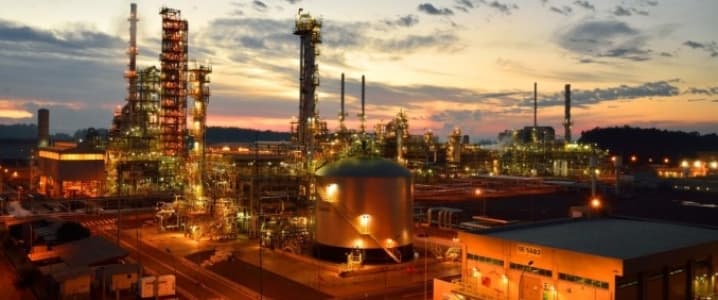Dwindling Chinese oil production could lead the Organization of Petroleum Exporting Countries (OPEC) to delay a freeze deal further, as the Asian giant ramps up its own imports to make up for lost domestic supply.
China, which was ranked as the fifth-largest oil producer in the world during 2015, reported a production rate of 3.87 million barrels per day in August—the lowest since December 2009, and the second consecutive month of sharp declines, according to Forbes.
Markets will have to reach an oil price of $60 a barrel before Chinese energy companies can grow production operations back to previous highs, analysts speaking to Bloomberg have said.
Even in 2015 –a year when oil prices were thought be on the road to recovery after the 2014 crash – Sinopec reported that it slashed oil and gas production.
As China’s middle class booms, the demand for energy has been and will be soaring with it. By 2022, McKinsey and Co. estimates that approximately 76 percent of the country’s urban population will be considered middle class.
The China National Offshore Oil Cooperation (CNOOC) can see profits at barrel prices above $41 a pop on average – a figure almost 40 percent higher than the break-even point of select Middle Eastern outlets who can still viably produce in a $25 a barrel market.
Around 15 percent of the oil that China purchases from foreign sources comes from Saudi Arabia – the de facto leader of OPEC, who’s regional rivalry with Iran caused two major efforts at implementing an oil production freeze to fail.
Though Saudi Arabia and its fellow OPEC members have agreed to discuss the terms of a deal in the weeks leading up to their official meeting in Vienna at the end of November, the Chinese government’s perspective as a distant observer of the bloc’s internal banter does not give it much power to improve its companies’ prospects. Related: Oil Falls As OPEC Production Hits Record In September
As a group, OPEC controls 40 percent of oil exports while China, on its own, contributes far less to the international markets.
The biggest corrective action the Chinese government can take at this point is to make mass purchases of the cheap crude flooding the market. And the latest numbers from country’s storage facilities suggest that is precisely what the government has been doing.
Using satellite imagery of China’s oil warehouses, Silicon Valley start-up Orbital Insight Inc. calculated that the country had roughly 600 million barrels of oil in storage as of May – a figure that exceeds existing estimates by roughly one-third.
"I’m not surprised," Michal Meidan, an analyst with London-based consultancy Energy Aspects, said of the new estimate. “There is more storage available in China than the market is willing to acknowledge. Any information around this is valuable.”
In total, China maintains 2,100 commercial storage tanks capable of storing 900 million barrels in total, according to observations made from the satellite imagery.
If OPEC and Russia fail to come to an agreement in November, the member states that compete to supply energy to China – notably Iran, Saudi Arabia and Russia – will economically benefit from the China’s falling domestic oil production.
By Zainab Calcuttawala for Oilprice.com
More Top Reads From Oilprice.com:
- Is 2016 The Turning Point For Energy Storage?
- Russian Backed OPEC Deal Brings Back The Bulls
- OPEC Chief Says Cartel Lost US$1 Trillion To Oil Price Bust



















While there's almost always differences in numbers based on the source, it's hard for me to reconcile "a second consecutive month of sharp declines" and a 140K increase.
Will the EIA adjust their numbers retroactively? Any idea on why this large a difference?
Thanks for any insight.